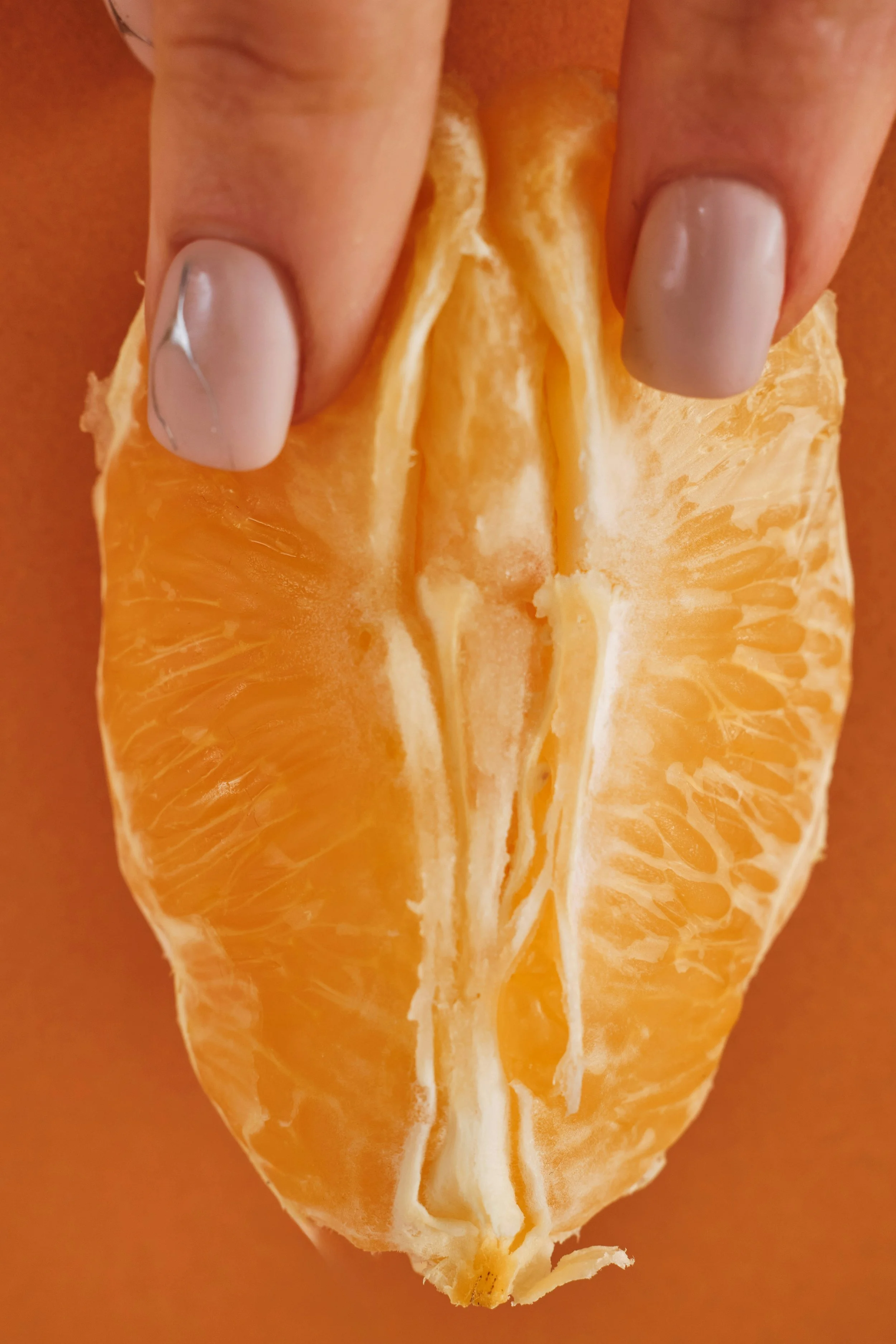Getting to know your V
What’s That Hard Ridge Inside My Vagina?
Exploring your own body can lead to some surprising discoveries, and it’s completely natural to have questions—especially when it comes to your pelvic floor and vaginal health. If you’ve noticed a firm ridge along the front (anterior) wall of your vagina, it might leave you feeling a bit confused or even worried. Let’s dive into what this might be, why it happens, and how you can support your body through self-care and gentle exploration.
What Does the Inside of Your Vagina Normally Feel Like?
The inside of your vagina isn’t smooth like a marble wall—it’s lined with soft folds and ridges called vaginal rugae. These little folds help the vagina stretch during sex or childbirth and then return to its usual shape afterward. They’re most pronounced during your reproductive years and can become less distinct after menopause.
The texture can also vary depending on your menstrual cycle, arousal level, or how relaxed you feel. You might notice that the walls range from slightly dry to quite moist, influenced by hormones, hydration, and even stress levels.
At the far end of your vaginal canal, you may feel your cervix—a rounded, firmer structure that can feel like the tip of your nose. Your cervix changes position throughout your cycle, so don’t be surprised if it feels different at different times of the month.
Why Might You Feel a Hard Ridge on the Anterior Wall?
There are a few possible reasons why you might notice a firm or ridged area on the front wall of your vagina:
1. Pubic Symphysis
This is the firm joint where your left and right pubic bones meet at the front of your pelvis. Depending on how you’re pressing or exploring, you might feel this bony ridge through the vaginal wall.
2. Urethral Sponge (G-Spot Area)
The urethral sponge surrounds your urethra and sits along the anterior vaginal wall. It’s made of erectile tissue, so it can feel thicker or firmer when aroused. This is often the area people refer to as the G-spot.
3. Bladder Base
Your bladder sits just above the anterior vaginal wall. When it’s full, it might create a rounded, firm sensation that you can feel through the wall.
4. Pelvic Organ Prolapse (Cystocele)
If your bladder has dropped slightly into the vaginal space due to weakened pelvic floor muscles, it can create a noticeable bulge or ridge. This condition is called a cystocele and can cause feelings of heaviness or fullness.
5. Vaginal Cysts
Cysts such as Gartner’s duct cysts or vaginal inclusion cysts can form on the vaginal walls, creating firm lumps or ridges. These cysts are typically benign but may need to be evaluated by a healthcare provider.
6. Urethral Diverticulum
This is a pouch that forms along the urethra, which can feel like a firm mass through the vaginal wall. It’s often associated with recurrent urinary tract infections or post-void dribbling.
7. Scar Tissue or Adhesions
Previous pelvic surgeries, childbirth trauma, or even infections can lead to scar tissue forming inside the vaginal walls, making certain areas feel firmer or less flexible.
8. Tight Pelvic Floor Muscles
Overactive or tense pelvic floor muscles can create a band of firmness or a hard ridge, particularly along the anterior wall.
Gentle Vaginal Exploration and Massage
Exploring your own anatomy is empowering and can also help you understand what’s normal for your body. One gentle and nurturing way to explore and support your pelvic health is through vaginal massage with castor oil.
Why Castor Oil?
Castor oil is known for its anti-inflammatory properties and its ability to promote circulation. It’s commonly used in abdominal massage to support lymphatic flow and soften adhesions. When used vaginally, it can help hydrate the tissues and gently release areas of tension or restriction.
How to Perform a Vaginal Massage:
Prepare: Wash your hands thoroughly and find a comfortable, private space. You might want to sit or lie down.
Warm the Oil: Slightly warm a small amount of organic castor oil.
Apply the Oil: Gently insert one or two fingers into your vagina, using the oil as a lubricant.
Explore: Feel along the walls of your vagina with gentle pressure. Notice any areas that feel tighter, more textured, or firmer.
Massage: Use small circular motions to massage these areas. You don’t need to apply much pressure—let your body guide you.
Release: Spend a few minutes on any areas that feel especially tight or tender. Breathe deeply and relax as much as possible.
Adding Rocking Movements:
You can also add gentle rocking movements with your hips or pelvis while doing the massage. This encourages relaxation through the entire pelvic floor and can help your body feel more supported and grounded.
When to Seek Professional Support:
If you notice pain, discomfort, or any changes that feel concerning, it’s always a good idea to consult with a healthcare professional—like a gynecologist or pelvic floor therapist. They can help you understand what you’re feeling and offer guidance on addressing any issues.
Final Thoughts:
Getting curious about your own body is a beautiful thing. Embracing self-awareness and self-care through massage and gentle touch can deepen your connection to your pelvic health. Whether it’s massaging with castor oil, practicing Hypopressives, or simply checking in with how your body feels today, remember that your body deserves compassion and care.
If you’re ever unsure or need some guidance, reach out. You’re not alone on this journey! 💛
